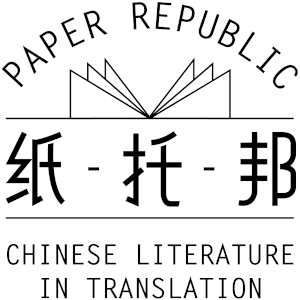High Prices for Chinese Art: Proof that a bit of Repression can be a Good Thing?
Writes venture capitalist Eric X. Li in the South China Morning Post:
"Prices of contemporary Chinese art continue to reach commanding heights. It is a phenomenon many liberal political commentators rather ignore. It does not fit their narrative. The story they prefer to tell goes as follows: Artistic freedom is the prerequisite of creating great art; China's authoritarian politics places severe limits on artistic freedom; such lack of freedom makes it impossible for China to attain real cultural achievements - the much craved 'soft power'."
"...In the long history of man's endeavour to create art, so-called artistic freedom is a very recent anomaly. Michelangelo worked for the Pope. The Chinese literati painters were Mandarins serving the imperial court. Mozart composed under the rather overbearing Holy Roman Emperor, as brilliantly depicted in the 1984 film Amadeus - 'Too many notes, Mozart!' "
"In fact, if one takes a stroll in the corridors of the world's premier cultural institutions such as the New York Metropolitan Museum of Art and the Louvre, the vast majority of art works being admired were created with no artistic freedom at all. In every culture and every civilisation, most great art was produced under, or at the service of, political and/or religious authorities. Enduring artistic achievements were realised even under the harshest forms of dictatorial rule. The pyramids were built for the Pharaohs and Shostakovich composed, with real discomfort, beautiful music under Stalin."


Comments
Actually, he makes a compelling point, because every time I read what he writes I question the value of free speech.
Lucas
Lucas Klein, May 22, 2012, 5:50a.m.